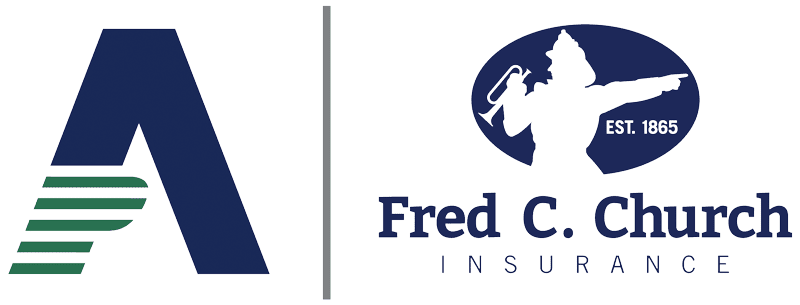In our recent blog, “4 Trends Increasing Every School’s Exposure to a Liability Claim,” we examined the following developments that have contributed to a rise in the frequency and severity of claims against higher ed institutions and K-12 schools over the past few years:
- The widening adoption of reviver statutes across the US, enabling adult survivors of childhood sexual abuse to file civil claims against schools after the statute of limitations has passed.
- A historic number of discrimination complaints filed with The Department of Education’s Office of Civil Rights, and a simultaneous Supreme Court ban on race conscious admissions.
- The mounting mental health crisis among Gen Z (12–27-year-olds) and Gen Alpha (0–11-year-olds), stretching school’s counseling staff and other support services and resources to their limits.
- A growing mistrust and declining confidence in educational institutions, leading to social inflation of awards and settlements in favor of plaintiffs and nuclear verdicts against schools.
These highly complex and often emotionally charged issues are broadening every school’s exposure to a liability claim and increasing the likelihood that the value of the claim could be financially devastating to an institution. These trends also present school leaders with a vast array of legal, compliance, reputational, and financial implications to navigate.
If you’re trying to determine where best to dedicate time, energy, and resources to combat these liability exposures, the Fred C. Church Education Practice Group wants to be of assistance. Based on the best practices we have observed across education and other industries we serve, you may want to start by focusing on these four key risk management areas: (1) reviewing policies and procedures; (2) updating awareness training programs; (3) enhancing support services, tools, and resources; and (4) strengthening communication plans.
As you assess these four areas and evaluate them for deficiencies, vulnerabilities, and opportunities in light of the current legal and social landscape, you may want to consider using the following questions to guide the conversation:
1. Reviewing Risk-Related Policies and Procedures
- Have you consulted with in-house or external legal counsel on new laws, statutes, and proposed bills in your state to understand how they may impact courses, offices, dialogue, or initiatives at your institution?
- Have you identified and fixed any policies and procedures that perpetuate systemic discrimination?
- Do you have a system for regularly reviewing the effectiveness of policies and procedures in protecting and supporting your student body and workforce?
- Is there a well-defined process for reporting a concern, are all reports being investigated, and are you documenting any investigatory steps and disciplinary actions?
- Do you have appropriate policies for voluntary and involuntary medical leave and return options?
- Is it clearly stated what accommodations are available for staff, students, and others impacted by a crisis event and how are you ensuring they are consistently delivered?
2. Updating Risk Awareness Training Programs
- Do you conduct role- and age-relevant training programs for every member of the school community who could be directly or peripherally affected by a crisis/event?
- Do trainings include education about all updated policies, procedures, and relevant laws, including guidance to staff and students on their rights and responsibilities under disability accommodations policies?
- Do you educate participants on how to identify a potential issue or threat, and also how to address, intervene, or report a concern or situation?
- Does your training program offer a mix of informal and formal delivery formats to ensure broad accessibility and participation, e.g., in-person workshops, virtual instructor-led training, and eLearning?
- Do you incorporate a wide variety of training approaches, e.g., role-playing, small group discussions, and hypothetical crisis simulations such as tabletop exercises?
- Are there ways to integrate mental health education, cultural awareness training, and similar programs directly into your school’s core curriculum?
3. Enhance Support Services, Tools, and Resources
- Does everyone in the school community know what services, tools, and resources are available to them, and how to access and use them?
- Are services, tools, and resources readily accessible to the entire campus community, including the most marginalized identity groups?
- Are you embracing technology to deliver services, tools, and resources in one easy-to-access online portal?
- Do you offer both clinical and nonclinical care options, from well-being tips to peer support and teletherapy, that staff and students can choose based on their desired level of interaction, needs, and interests?
- Are you tracking the usage and impact of the services, tools, and resources you offer over time and gaining insights that can help you improve the support you’re providing?
- Have you identified local agencies, professionals, and providers who can offer added support and resources, either in-person or remotely, to your student body and employees?
4. Strengthen Communication Plans
- Do you have an up-to-date and easy-to-access school-wide communication system where you can highlight all initiatives, help prevent misinformation, and guide everyone in the correct course of action if a crisis/event occurs?
- Are you employing multiple modes of communication to ensure you’re effectively reaching all stakeholders, e.g., social media, emails, text messaging, handouts, and announcements?
- Do you practice transparency in all your communications, and are you clear and concise with your messages?
- Do you encourage two-way communication by holding listening sessions, executing campus climate surveys, and providing anonymous reporting tools?
- Do you cultivate opportunities and provide safe spaces for student-to-student, faculty-to-student, and parent-to-faculty rapport building and sharing of perspectives?
- Have you established a direct and regular line of communication with local law enforcement and mental health agencies?
Undertaking a thorough assessment in each of these four key risk management areas is an extremely valuable activity for helping you protect your people and your institution. This discovery process can aid you in making sure your school continues to meet its obligations to all its constituents as established by law. But, as importantly, through these focused efforts, you may reduce the risk of a crisis incident happening at your school and, if a challenging situation does occur, provide your community with the resources they need to respond quickly, appropriately, and compassionately.
Fred C. Church Can Help Your School Start This Critical Assessment Process Today
As schools across the education industry work to address today’s top liability risks, Fred C. Church has made it our priority to find ways to support them and the safety, health, and well-being of their entire community.
We work hand-in-hand with clients to identify and monitor current and developing trends and emerging risks, help you evaluate how likely each is to happen on a campus, and understand what impact they may have on an organization, its finances, and most importantly, its people. Our team also provides clients with insights and guidance to help them develop robust and comprehensive risk management strategies, policies, and programs.
Please contact us if you would like to collaborate on identifying and implementing best practices for limiting your school’s liability exposures and, subsequently, working towards alleviating the increasing cost of liability insurance.



